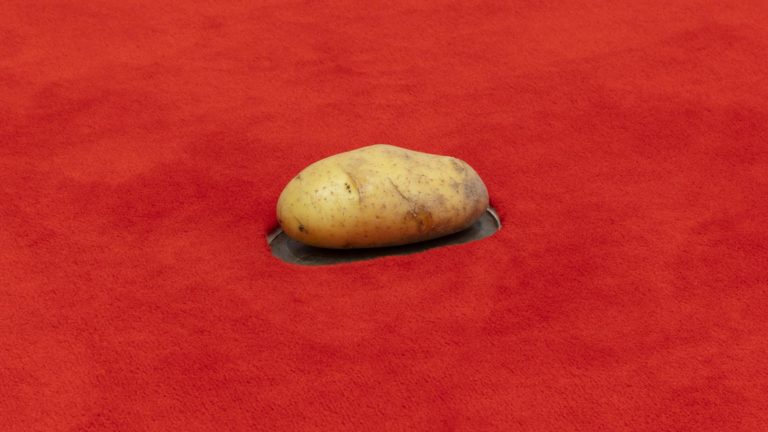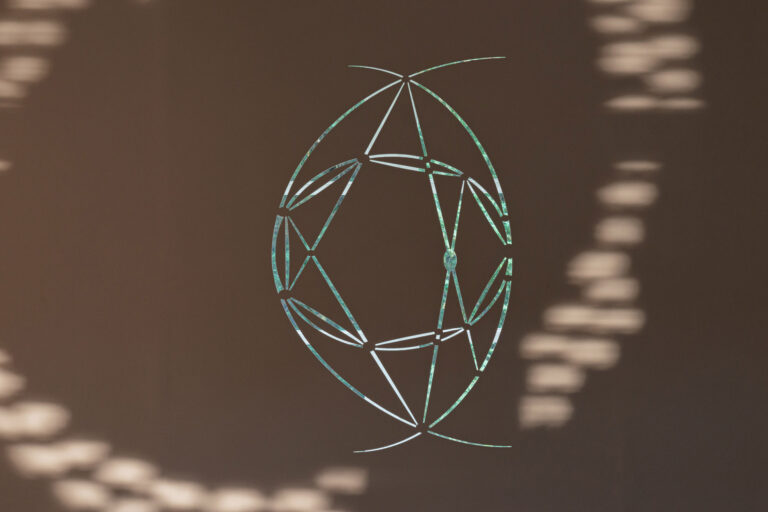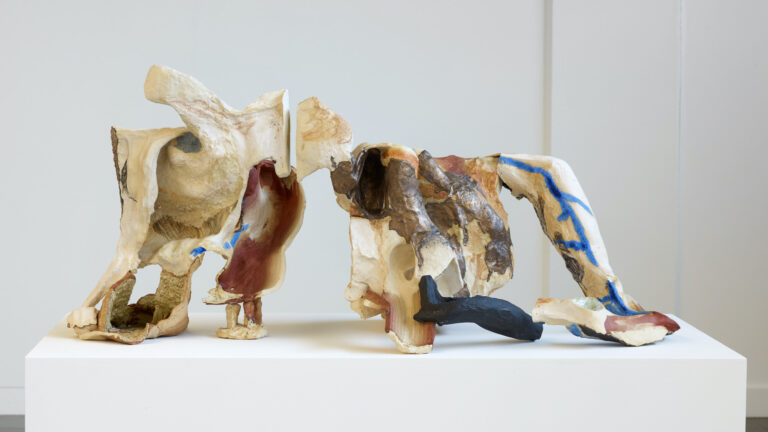Artist: Zuzanna Czebatul
Exhibition title: Salt
Curated by: Viktor Hömpler
Venue: Limbo, Berlin, Germany
Date: May 12 – June 16, 2019
Photography: Linus Muellerschoen / All images copyright and courtesy of the artist and Limbo, Berlin
‘When two hands touch, there is a sensuality of the flesh, an exchange of warmth, a feeling of pressure, of presence, a proximity of otherness that brings the other nearly as close as oneself. Perhaps closer. And if the two hands belong to one person, might this not enliven an uncanny sense of the otherness of the self, a literal holding oneself at a distance in the sensation of contact, the greeting of the stranger within? So much happens in a touch: an infinity of others—other beings, other spaces, other times—are aroused. […] These are entangled tales. Each is diffractively threaded through and enfolded in the other. Is that not in the nature of touching? Is touching not by its very nature always already an involution, invitation, invisitation, wanted or unwanted, of the stranger within?’(Karen Barad, On Touching—The Inhuman That Therefore I Am (v1.1), in: Susanne Witzgall, Kerstin Stakemeier (Ed.), Power of Material/Politics of Materiality, Berlin/Zurich 2017, p.153.)
Zuzanna Czebatul‘s work Spooning In Love And Anger V overwinds the moment of touch, which is usually of ephemeral nature, into an inseparably and absurdly looking fusion of intertwined arms and legs. These comic-like abstracted human limbs belong to bodies and identities, which seem to vanish in the complex entanglement, merging into collective unity. In the glass vitrine, an entangled ball rises up, caught in the midst of an ambivalent situation of fateful embrace, revealing to our gaze a ‘sensuality of the flesh’. Passion and struggle unify in pure touch, appearing to be inextricable, almost symbiotic.
It is the fetishizing and public nature of the display situation which also debars from the impenetrable, seemingly intimate intensity on the inside. Only with our gaze may we assess the situation and materials, whose textures are shimmering in the light. Czebatul‘s presentation intertwines questions of touch, intimacy, and inter- or else intra-subjective entanglement in ways that — intensified by the specific exhibition format — can be short-circuited with issues of desire, their construction and economy, as well as their relation to voyeurism. Likewise, our role as viewers within this play of power negotiation through touch and gaze, between the public sphere and intimacy remains unclear. While we scan the sculpture and its displayed body situation, something seems to be segregating before our very eyes: this ambiguous bodily intimacy and its entanglement with an ‘infinity of others’ proves to be, here and for now, inaccessible to us.



















